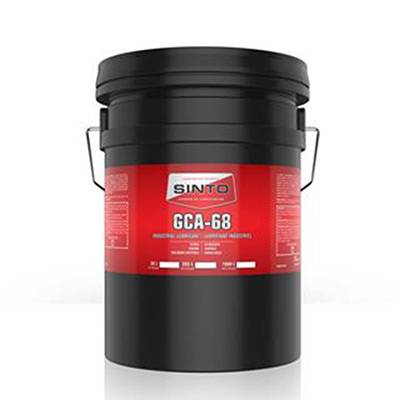Nov . 09, 2024 04:59 Back to list
Exploring the Three Main Categories of Micrometers in Precision Measurement Tools
Three Types of Micrometers Understanding Precision Measurement Tools
Micrometers are essential precision measurement tools widely used in various industries, including mechanical engineering, manufacturing, and metals fabrication. They are designed to measure small distances with a high degree of accuracy, often to the thousandths of a millimeter or inch. While micrometers come in various forms, the three most common types include the outside micrometer, inside micrometer, and depth micrometer. Each type serves a specific purpose and has unique features that make it suitable for particular measurement tasks.
1. Outside Micrometer
The outside micrometer, often referred to simply as a micrometer, is the most familiar type among the three. It is primarily used to measure the external dimensions of objects, such as the thickness of a piece of metal, the diameter of a rod, or even the size of a paper. The outside micrometer consists of a C-shaped frame, a screw mechanism, and a measuring spindle that protrudes from one end.
To use an outside micrometer, you place the object between the anvil (the stationary jaw) and the spindle (the movable jaw). By turning the thimble, which is attached to the spindle, you can advance the spindle towards the anvil until it securely grips the object. The measurement is read on a calibrated scale on the sleeve and the thimble. With a standard outside micrometer, measurements can typically be taken in increments of 0.01 mm (for metric versions) or 0.001 inches (for imperial versions).
Outside micrometers are available in different ranges, so it is crucial to select the right type for the specific measurement task. They are also equipped with features like ratchet stops to ensure consistent pressure is applied during measurement, enhancing accuracy.
While outside micrometers are designed for measuring external dimensions, inside micrometers serve the opposite purpose measuring internal dimensions, such as the diameter of a hole or the width of a groove. The basic design of an inside micrometer consists of a tubular body with an adjustable measuring rod that can be extended or retracted based on the size of the internal dimension you're measuring.
three types of micrometers

To take a measurement, the inside micrometer is inserted into the hole or groove until the measuring rod makes contact with the internal surface. By adjusting the rod and using graduated scales, the operator can determine the internal diameter or width accurately. Inside micrometers often come as interchangeable rods or disks, providing versatility for various bore sizes.
This type of micrometer is crucial in applications where accuracy is paramount, such as fitting components in machinery or ensuring tolerances in manufacturing processes.
3. Depth Micrometer
Depth micrometers are specifically engineered to measure the depths of holes, grooves, or steps in various materials. They feature a flat base that is placed upon the surface of the workpiece, with a depth measuring blade or rod that extends vertically into the hole or groove.
This design allows for quick and easy measurement of depths, making it an indispensable tool in quality control and inspection. A depth micrometer can typically read measurements to the nearest millimeter or finer. Most depth micrometers can also be adjusted for different depths by using interchangeable rods or extensions.
The precision of a depth micrometer is critical in industries that require exact depth specifications, such as in the manufacturing of parts that must fit together perfectly.
Conclusion
In summary, the three main types of micrometers—outside, inside, and depth micrometers—each serve distinct roles in precision measurement. Outside micrometers are essential for measuring external dimensions, inside micrometers excel at determining internal dimensions, and depth micrometers specialize in measuring depths. Each of these tools is crucial in ensuring accuracy in measurements, which is vital for quality control in various industrial applications. Familiarity with these tools and their proper usage is indispensable for professionals in fields such as engineering and manufacturing, where precision is the key to success.
-
Precision Manufacturing with Advanced Spline Gauge DesignNewsJul.31,2025
-
Industrial-Grade Calibrated Pin Gauges for Exact MeasurementsNewsJul.31,2025
-
Industrial Filtration Systems Depend on Quality Filter DN50 SolutionsNewsJul.31,2025
-
High-Performance Gate Valve WholesaleNewsJul.31,2025
-
Granite Surface Plate The Ultimate Solution for Precision MeasurementNewsJul.31,2025
-
Granite Industrial Tools The Ultimate Guide for Bulk BuyersNewsJul.31,2025
Related PRODUCTS









